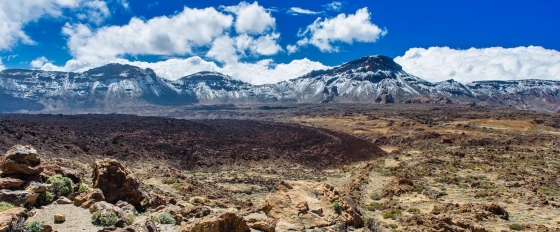Tapia de Casariego Rainfall & Precipitation: Monthly Averages and Year-Round Insights
This page shows both the average monthly rainfall and the number of rainy days in Tapia de Casariego, Asturias, Spain. The numbers reflect climate data gathered over a 30-year period, from 1990 to 2020. Let’s explore the details to provide you with a complete overview.
Tapia de Casariego has a relatively rainy climate with high precipitation levels, averaging 1221 mm of rainfall annually.
Monthly Precipitation Levels
The average number of days each month with precipitation (> 0.2 mm)
Significant seasonal changes in precipitation occur throughout the year. During the wet season, November receives substantial rainfall, averaging 151 mm of precipitation, recorded across 18 rainy days.
In contrast, the drier season, July brings less rainfall, with 50 mm over 9 rainy days.November, the wettest month, has a maximum daytime temperature of 16°C. During the driest month July you can expect a temperature of 22°C. For more detailed insights into the city’s temperatures, visit our Tapia de Casariego Temperature page.
Annual Precipitation in Spain
The map below shows the annual precipitation across Spain. You can also select the different months in case you are interested in a specific month.
 heavy rainfall
heavy rainfall
 high
high
 moderate
moderate
 low
low
 almost none
almost none
Amsterdam Precipitation Compared World Wide
Tapia de Casariego’s average annual precipitation is 1221 mm. Let’s compare this to some popular worldwide tourist destinations:
New York City, USA, receives 1276 mm of rainfall annually, with precipitation evenly distributed throughout the year.
In Seoul, South Korea, the average annual precipitation is 1237 mm, with most rain falling during the summer monsoon season.
Adelaide, Australia, enjoys 511 mm of annual precipitation, with dry summers and wet winters.
Singapore, situated near the equator, gets 2581 mm of rainfall annually, with no distinct dry season and consistent monthly precipitation.
How is Precipitation Measured?
Precipitation amounts are measured using specific gauges installed at weather stations, collecting both rain and snow and any other type of precipitation. Rainfall is measured directly in millimeters, while that from snow and ice is obtained by melting it. Automated systems often incorporate heaters to make this easier.
Information from these stations is transmitted via Wi-Fi, satellite, GPS, or telephone connections to central monitoring networks. This information is immediately updated and integrated into weather models and forecasts.
How Does Precipitation Affect Local Climate?
Precipitation has a very strong role in determining the local climate and ecosystem:
- Rainy Seasons: Many parts of the world have well-defined wet seasons where precipitation is distinctly higher. These are normally accompanied by lush vegetation and temperature patterns.
- Dry Seasons: In areas where the climate is either desert or Mediterranean, the amount of precipitation is drastically reduced, leading to a shortage of water and arid conditions.
For more detailed information about Tapia de Casariego’s weather, including sunshine hours, humidity levels, and temperature data, visit our Tapia de Casariego Climate page.
Current rainfall in Tapia de Casariego














